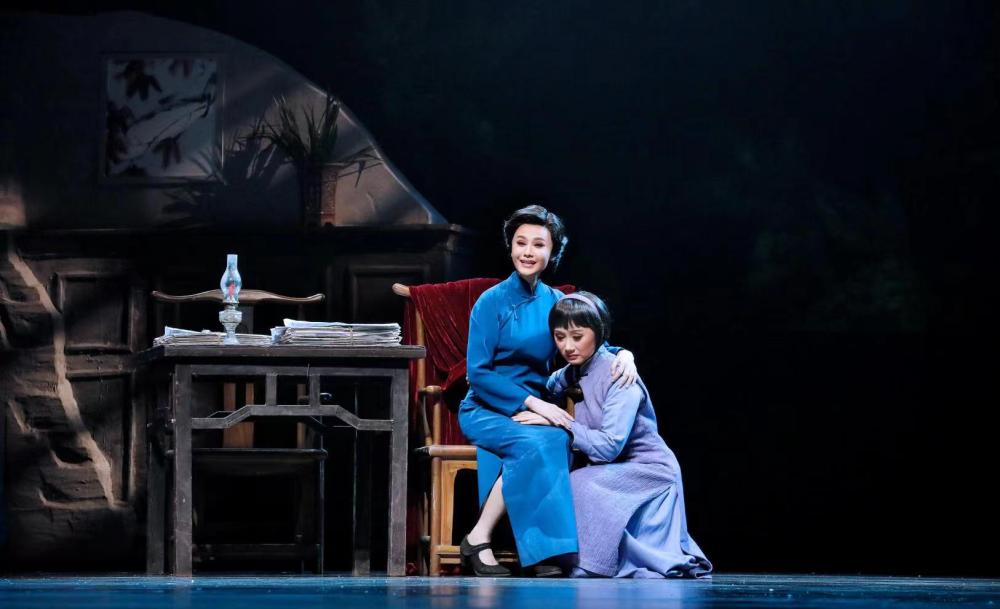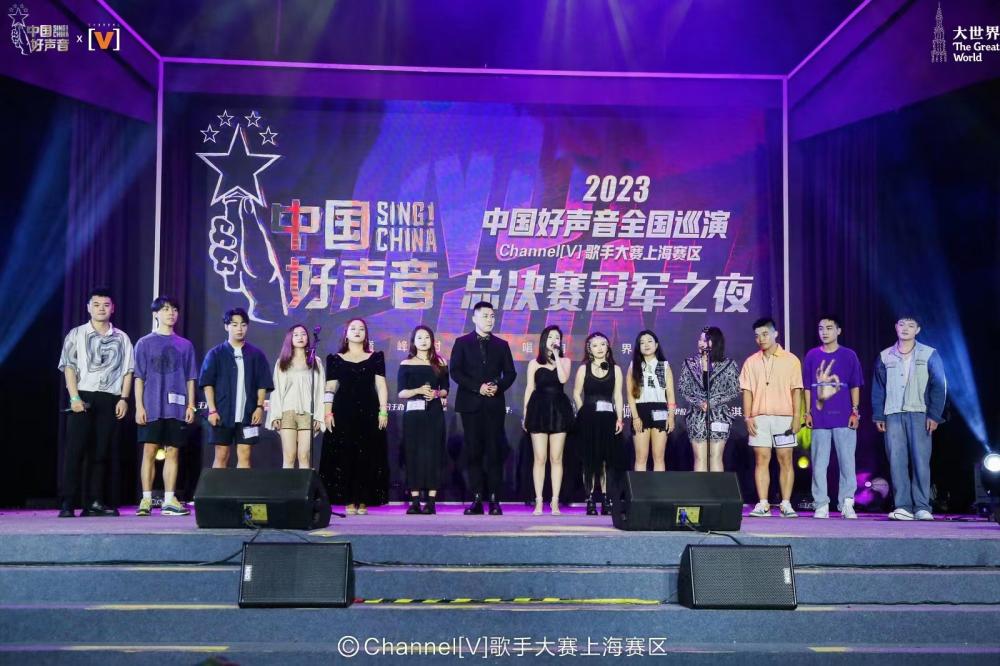Wei Liangfu: The Reform Path of Kunqu Music Saint Wei Liangfu | Kunshan | Kunqu
Kunqu Opera is one of the oldest forms of traditional Chinese opera in China, known as the "ancestor of all kinds of opera", carrying the pursuit and reflection of beauty, and is also a national brand that goes global. Many scripts in Kunqu opera, such as "The Peony Pavilion," "The Hall of Eternal Life," and "The Peach Blossom Fan," are immortal works in ancient Chinese opera literature.
Kunqu opera inherits the literary traditions of Tang poetry, Song lyrics, and Yuan opera, and is an important carrier of Chinese art and culture. It has also created a large number of playwrights.
This article is excerpted from "The Beauty of Kunqu Opera", fully showcasing the long history and beautiful connotations of Kunqu Opera.
The important role of literati participation
Kunshan Opera is the most influential vocal genre in Chinese opera from the mid Ming Dynasty to the mid Qing Dynasty. As early as the end of the Yuan Dynasty and the beginning of the Ming Dynasty, Kunshan Opera had already emerged as a school of southern opera vocal styles in today's Kunshan area.
Wei Liangfu described in his "Nan Ci Yin Zheng" as follows: "There are several types of tunes, but Kunshan is the correct tone, which was passed down by Huang Jianchuo during the reign of Emperor Xuanzong of Tang Dynasty. During the Yuan Dynasty, there was Gu Jian, who was thirty miles away from Kunshan and lived on a thousand piers. He was skilled in Nan Ci and wrote ancient poems. When he heard his good songs, he repeatedly called and remained unyielding. He befriended Yang Tiedi, Gu Aying, and Ni Yuanzhen, and called himself Fengyue Sanren. He wrote ten volumes of" Tao Zhenye Collection "and eight volumes of" Fengyue Sanren Yuefu ", which are well-known in the world. The melody is profound, so the country was originally known as Kunshan Opera. The Yang Tiedi mentioned here is Yang Weizhen of the Iron Cliff Poetry School, and Ni Yuanzhen is the great painter Ni Zan. In the "Nan Ci Yin Zheng", it is also mentioned that at that time, in addition to Kunshan dialect, there were also Nanqu dialects such as Haiyan dialect, Yuyao dialect, Yiyang dialect, and Hangzhou dialect in the southern region. Among them, Kunshan Tune, Haiyan Tune, Yiyang Tune, and Yuyao Tune are known as the four major vocal tunes of Nanqu. Before the rise of Kunshan Tune, the influence of Haiyan Tune was relatively significant. Xu Wei said in his "Nanci Xulu": "Only Kunshan Opera stopped in Wuzhong, flowing and distant, surpassing the three tunes, and listening to it is the most stunning." Xu Wei's words also illustrate that although Kunshan Opera is very beautiful and pleasant, its popularity "stopped in Wuzhong". It was not until the Wanli period that it expanded to areas south of the Yangtze River and north of the Qiantang River, and later spread to Beijing. Therefore, Kunshan Opera became the most influential vocal drama from the mid Ming Dynasty to the mid Qing Dynasty.

So, there are several very important reasons for the formation of Kunshan Opera. One reason was the economic prosperity of the Kunshan region at that time. During the Ming Dynasty, Suzhou was under the jurisdiction of seven counties and one prefecture, making it one of the few economic and cultural centers in the country, as well as a place of cultural heritage. Secondly, since the Tang and Song dynasties, various singing and dancing techniques have become popular in Kunshan, especially Wei Liangfu who mentioned that the Tang court musician Huang Yuanchuo fled to the Kunshan area due to the An Lushan Rebellion and passed on his skills there, allowing palace music to spread among the people. The third is the gradual decline of Northern Opera and the rise of Southern Opera, which was largely due to the participation of literati such as Gu Jian, Yang Weizhen, and Ni Zan. This also included Zhu Xizhe, Zheng Ruoyong, and others from the Wuzhong Opera School before the rise of Kunshan Opera, as well as the participation of later "Wuzhong Four Talents" such as Tang Yin, Zhu Yunming, Wen Zhengming, and Xu Zhenqing. The participation of literati played a crucial role in the development of Kunshan Opera, especially under specific political and historical conditions in the early Ming Dynasty. Kunshan tune was once called Shuimo tune, why is it called Shuimo tune? Mainly because its melody is clear, graceful, delicate, and elegant. Yu Danxin once said in "Ji Chang Yuan Wen Ge Ji": "When Liang Fu first learned northern music, he was inferior to the northerner Wang Youshan; when he retreated, he carved out his heart's southern music, and his footsteps did not go downstairs for ten years." It is said that Wei Liangfu, in order to study southern music, did not go downstairs for ten years, and finally came up with a new set of Kunshan opera singing techniques.
The Road to Transformation of "The Ancestor of Baixi"
Shen Chongsui mentioned Wei Liangfu's transformation of Kunshan Opera in his "Notice to Du Qu". He said, "Wash your voice thoroughly, don't be too mysterious, use water mills, and play with cold boards..." Wei Liangfu completed the transformation of Kunshan Opera in the middle and late Jiajing period, making it the authentic Kunshan Opera and continuing for more than 600 years. Kunqu Opera is also known as the ancestor of all kinds of operas.
So what exactly did Wei Liangfu do to transform Kunshan Opera? It can be said that without Wei Liangfu's transformation of Kunshan opera, the beauty of Kunqu opera today could not have been described. Wei Liangfu was a key figure in the maturation of Kunqu opera art, and later generations revered him as a saint of music. Wei Liangfu, with the courtesy name Shangquan, was born in the second year of Hongzhi and was from Taicang. But some scholars believe that he was originally from Jiangxi and later lived in Taicang County. He is proficient in music and has a passion for singing art. He made four main contributions to the transformation of Kunqu opera: firstly, regulating the relationship between tone and pronunciation; Secondly, improve and enhance the musicality of the melody; Thirdly, be inclusive and integrate, melting the southern and northern regions into one furnace; Fourthly, improve the accompaniment scene and band composition.
Firstly, we will briefly introduce how Wei Liangfu regulates the relationship between tone and pronunciation. Regarding the origin of Nanqu, Xu Wei believes in his "Nanci Xulu" that Nanqu is "a folk song of the Song Dynasty that benefits the alleys and alleys through lyrics." It does not have any palace tune or rhythm, but is only a popular folk song in the streets and villages. According to the requirements of ancient poetry and music traditions such as "eternal lyrics, rhythm, and sound", such a folk song is difficult to reach the pinnacle of elegance. The primary task of Wei Liangfu's vocal reform is to clarify the relationship between the tone and pronunciation, so that the pronunciation of characters has a tone and the tone and sound can maintain harmony. Therefore, he proposed the aesthetic standard of Shuimo tone. He said that there are three unique qualities in music: clear characters are the first unique feature, pure tunes are the second unique feature, and proper composition is the third unique feature. That is to say, rap has three key techniques. The first is to have clear pronunciation of words, the second is to have a pure tone, and the third is to have accurate rhythm. "Qu You San Jue" refers to the aesthetic standards of the three aspects of character, cavity, and board. Wei Liangfu formulated the main language for Kunshan accent based on Suzhou dialect, which is a model of Wu Nong soft language and has musicality in its own language. He listed Chinese characters at the top of the "Three Excellences" and believed that the five pronunciations were mainly based on four tones. If the four tones were not suitable, the five pronunciations would be useless. Therefore, the pronunciation of each character must be carefully studied in terms of "flat up and in". Some characters are suitable for singing flat tones, which are further divided into two categories: yin and yang; Some characters are suitable for singing in oblique tones, which are also divided into ascending and descending tones. If you don't sing according to the rules, you will have a stiff throat. The so-called "awkward voice" refers to the pursuit and standardization of the musicological significance of words and music that are not in harmony with each other, with clear and pure tones, making Kunshan dialect wash away the "obedient voice" and transcend the gap between popular and elegant music, becoming an art form that literati are willing to accept.
In short, the problem of the pronunciation of characters in Northern and Southern Qu is a very complex issue of Qu Yun. Wei Liangfu did pioneering work, and later through the research of Shen Jing, Wang Jide, and others, it was not until the publication of Shen Chenggui's "Qu Yun Li Zhu" in the Qing Dynasty that the dust was basically settled.
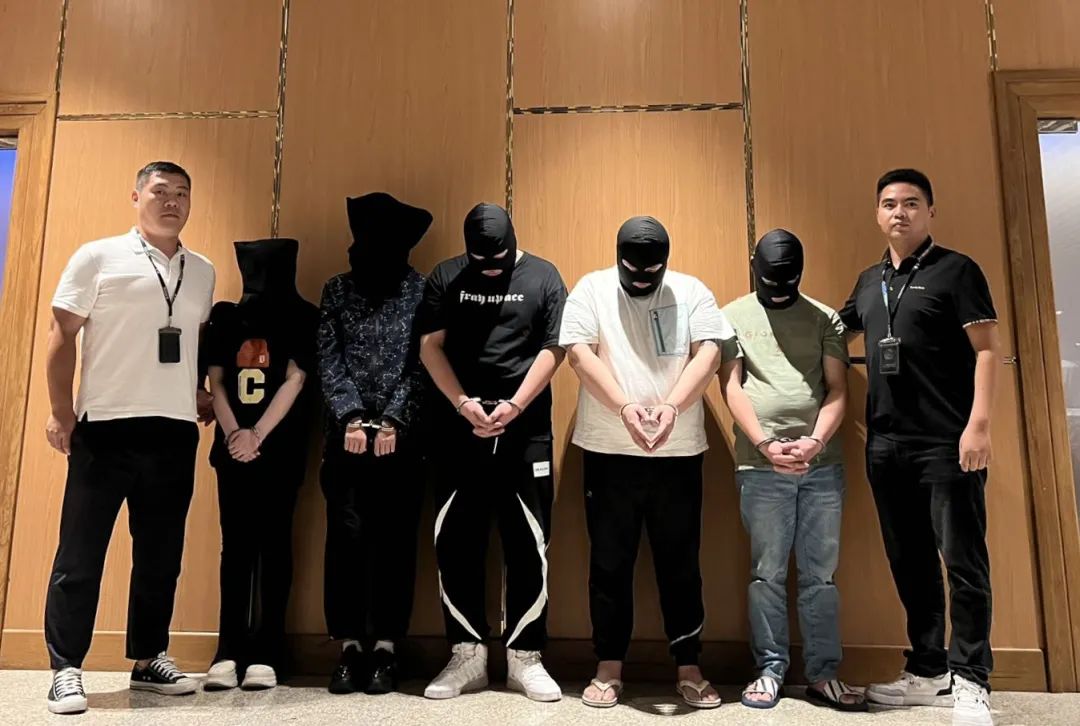
On September 13th, Shi Xiaming, the director of the Kunqu Opera Theater of Jiangsu Provincial Performing Arts Group, and Kong Aiping, a national first-class actor of the Kunqu Opera Theater of Jiangsu Provincial Performing Arts Group, participated in the Kunqu Opera flash mob on the banks of the Seine River in Paris, France. Photo by Xinhua News Agency reporter Gao Jing
The second aspect of Wei Liangfu's transformation of Kunshan Opera is to improve and enhance the musicality of the melody. The musicality of Kunqu tunes is mainly reflected in two aspects, namely, the tempo and tone. Wei Liangfu believed that "the combination of cavity and board is superior.". Being specialized in tone without considering the tone, or being specialized in tone without conforming to the tone, all deviate from the essence of singing music. After the reform of Wei Liangfu, the format of the Kunshan Opera was very strict, with strict rules for the number of beats, the position of each singing character, and the connection between the pieces. For example, "The Peony Pavilion: A Garden Tour" has a total of six tunes. In addition to the introduction and ending using scattered boards, the four upper board tunes are in order: "Step by step delicate", "Drunk help return", "Zao Luo Robe", and "Good Sister". "Bu Bu Jiao" and "Zui Fu Gui" are extremely slow tempo with three eyes and a complimentary board. "Zao Luo Pao" and "Good Sister" are slow paced tunes with three eyes and no gift boards. Wei Liang used coordinating the relationship between music, lyrics, and vocal tone as a starting point, aiming to transform Kunshan opera into a gentle, delicate, and elegant vocal art with the goal of both tone and board. Shen Chongsui praised this new Kunqu opera voice in his "Instructions for Duqu Opera", stating that it is "deeply refined, with no smoke or fire, a light and round opening, and a pure and fine tuning." This truly summarizes the aesthetic characteristics of Kunqu opera voice. Therefore, when an expert appreciates Kunqu opera, they should not only listen to whether the voice is loud, but also pay attention to not being loud when listening to the music. Only by listening to its proper pronunciation, tone, and intonation can one distinguish its clumsiness. It is not allowed to have a clear throat sound, so give it a commendation. This passage tells us to first distinguish whether the tone is appropriate, and then we can distinguish the level of the singer. So appreciating Kunqu opera generally requires a mindset similar to appreciating ink paintings, just like savoring deep meanings between strokes and ink.
The styles of North and South gradually blend together
Generally speaking, teachers can only teach the most basic norms of Kunqu opera. As for how to achieve the highest level of singing and performance, it can only rely on the talent and understanding of actors, which is not something that teachers can teach. The third aspect of Wei Liangfu's transformation of Kunqiang is inclusiveness, integrating the Southern and Northern Qu into one furnace. We know that the style of Northern Opera is mainly vigorous, while the style of Southern Opera is mainly gentle. Wei Liangfu once said, "In Northern Qu, there are many characters but the tone is rapid, and there are tendons in the promotion area, so there is more emotion in the lyrics but less emotion in the voice; in Southern Qu, there are few characters but the tone is slow, and there are eyes in the slow area, so there is less emotion in the lyrics but more emotion in the voice." This is a surprising analysis of the differences between Northern and Southern Qu. Wei Liangfu studied Beiqu in his early years and later specialized in Nanqu. It is not easy for northerners to learn Nanqu well, and it is sometimes difficult for southerners to learn Beiqu well. It is not easy to integrate the advantages of Nanqu and Nanqu together, and it is not easy to choose each one's strengths. Wei Liangfu promoted and ultimately completed the integration of Nanqu and Nanqu based on the Kunqu singing of Beiqu.
Photo by Xinhua News Agency, Nanjing, July 6, 2023, Double sided embroidery of Gusu, Kunqu opera actors rehearsing at Suzhou Wangshiyuan.
What kind of path did he take? Simply put, Wei Liangfu's approach was to guide the singing of Northern Opera based on the basic Kunshan opera singing standards, while cleverly preserving the main vocal characteristics of Northern Opera before Kunshan opera. In order to achieve north-south integration, he humbly sought advice from various experts in Northern and Southern Opera, and also gathered excellent musicians such as Zhang Meigu and Xie Linquan around him. He even married his daughter to Zhang Yetang. This person was proficient in Northern Opera, and at that time there was no one in the Kunshan area as proficient in singing and studying Northern Opera as Zhang Yetang. In order to get to know him, Wei Liangfu once made a special trip to listen to Zhang Yetang's songs. He listened to them for three days and three nights in a row, greatly praising him. Not only did he become his confidant, but he also married his daughter to him, in order to learn from him day and night about the integration of northern and southern songs. In the end, Wei Liangfu successfully constructed a universal curvature and singing standard for the north and south, while retaining the vocal characteristics and singing styles of the two major music systems in the north and south. On this basis, he proposed that Southern Opera should not be mixed with Northern Tune, and Northern Opera should not be mixed with Southern Characters, which means that Northern and Southern Opera should maintain their own phonetic standards. The integration of Northern Opera style allows the gentle and elegant Kunqu Opera to express heroic spirit and masculine beauty, greatly enhancing the expressive power of Kunqu Opera art and laying the foundation for Kunqu Opera to further become a national major genre.
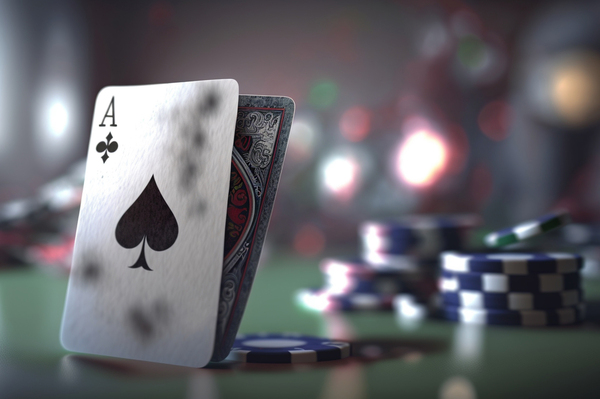
Xian Suo has reserved a place
The fourth aspect is the improvement of accompaniment scenes and band organization. Before the middle of the Ming Dynasty, the singing of Southern Opera was mainly in the form of solo singing, without the need for silk and bamboo accompaniment, and the organization of the orchestra was not emphasized. Other vocal styles, such as Haiyan Opera, Yiyang Opera, and Yuyao Opera, also did not require orchestral accompaniment, but mainly controlled the actors' movements through drumbeats and gongs. Wei Liangfu's transformation of Kunshan opera was clearly stated by Shen Chongsui in his book "Xian Suo Bian Ere": "Those who had Wei Liangfu in Kunshan gradually changed their old habits, began preparing various musical instruments, and the theater became a success, which is still followed today." Wei Liangfu's established singing standards have been used to this day, demonstrating its scientific nature.
How did Wei Liangfu improve his band? What instruments are used for accompaniment in Kunqu opera singing? The accompaniment of Beiqu often used strings, which means that at that time, Beiqu mainly used instruments such as strings. However, Wei Liangfu did not directly transplant the accompaniment method of Beiqu to Nanqu. He seized the two main functions of accompaniment and restructured the band: controlling the pitch and setting off the melody. He entrusted the task of controlling the rhythm to the drummer, who held the clapper in his left hand and the drum swab in his right hand, located at the core of the band, similar to an orchestra conductor. The drummer controlled the progress of the performance, and based on the soft and free nature of the Southern Opera voice, entrusted the task of playing the main melody to instruments such as the flute and xiao. Therefore, the Kunqu opera performance we see today is not played by string instruments such as the pipa, but by bamboo instruments such as the qudi and sheng xiao. The excellent flute masters in Kun class often teach the actors how to play and guide their singing because they know a lot of songs. Wei Liangfu did not completely eliminate the use of string instruments and renovated them, introducing specialized strings for Kunqu accompaniment and a violin with only two strings, preserving a place for the role of string instruments in Kunqu opera. From then on, he clarified the correct direction for the practice of Kunqu singing and the ultimate improvement of Quxue, and also established his own supreme position in the music industry.
"The Beauty of Kunqu Opera"
Edited by the Center for Aesthetics and Aesthetic Education at Peking University
Edited by Ye Lang and Gu Chunfang
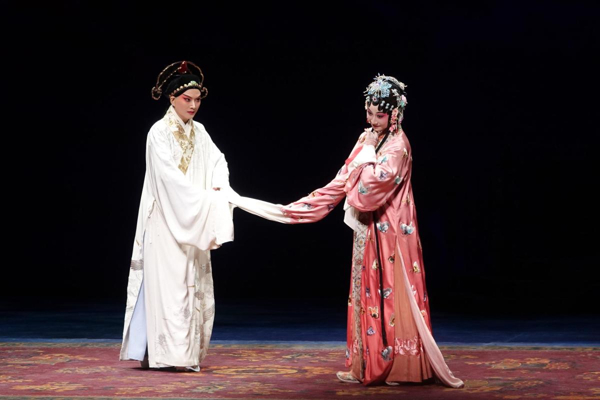
Yilin Translation Publishing House
